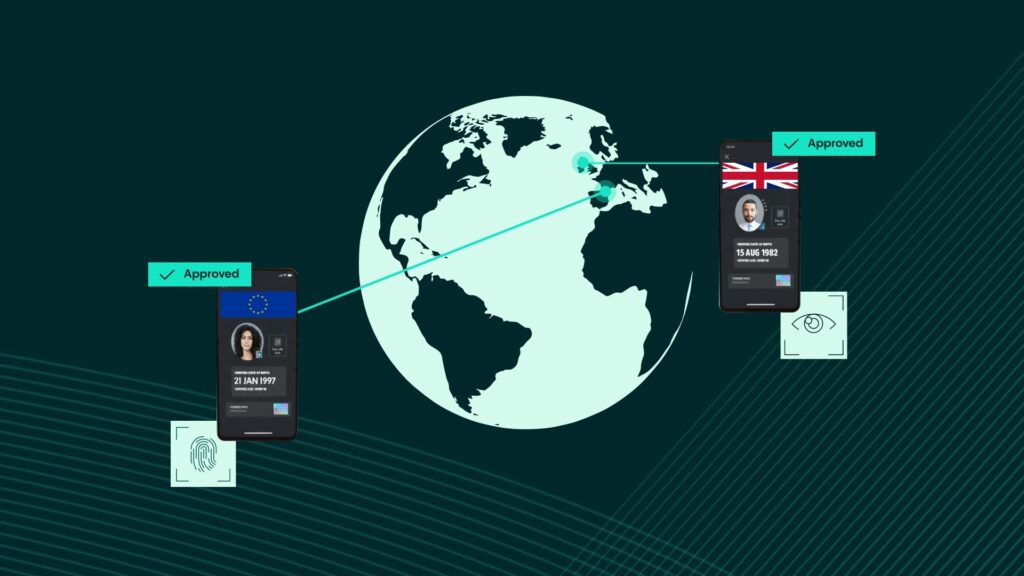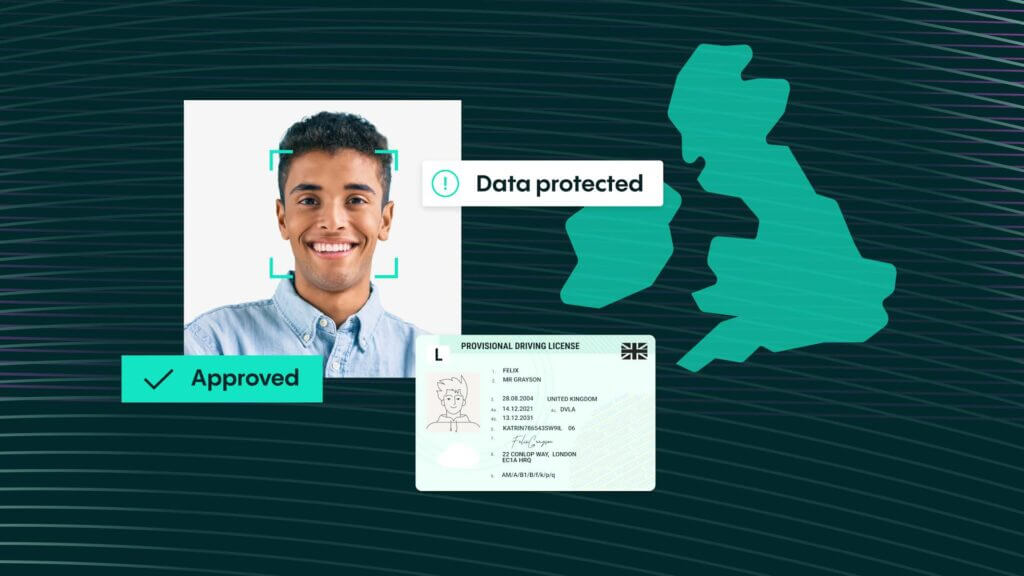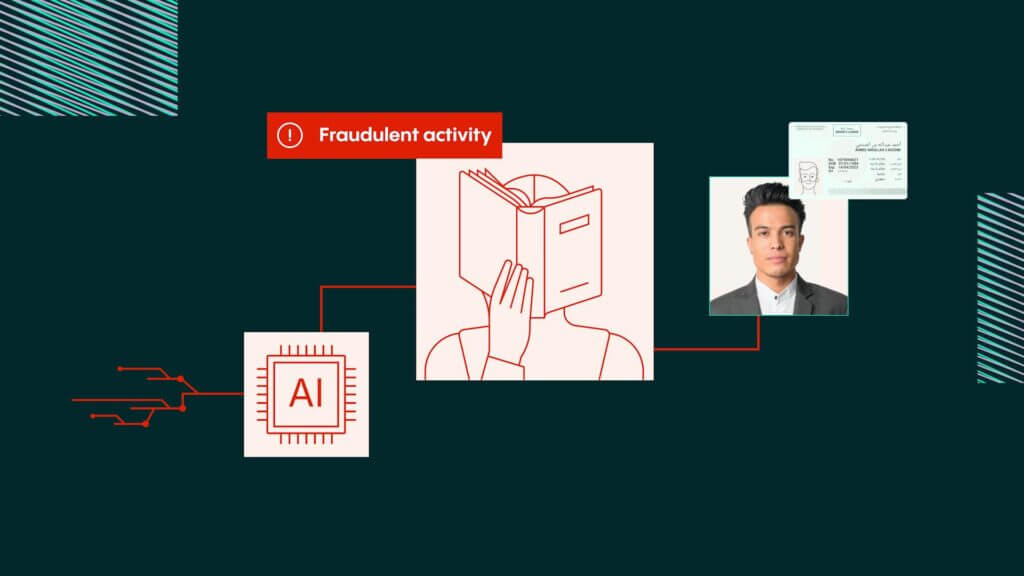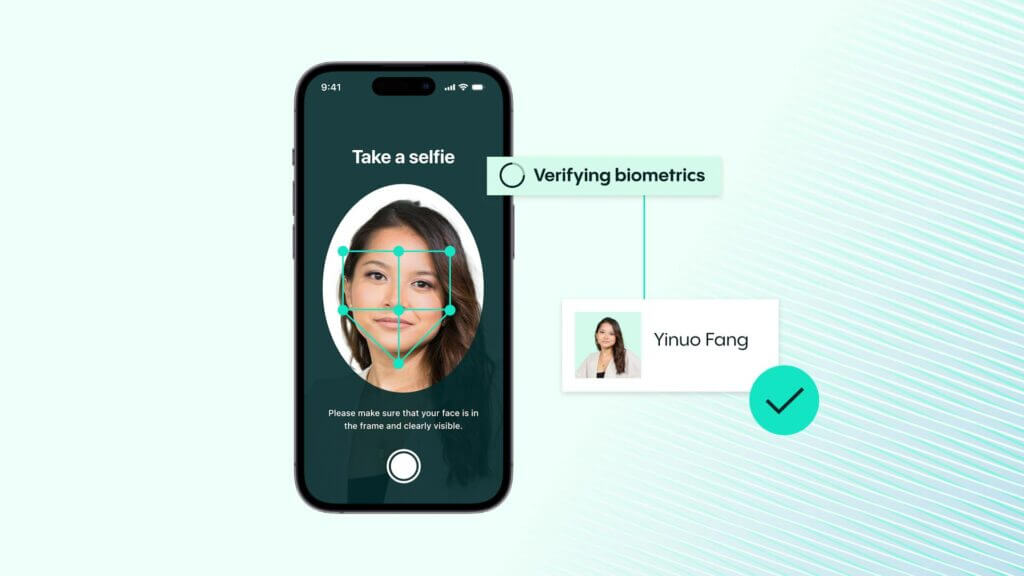IDV Article
Future use of biometrics: AI, fraud prevention, and industry expansion
Biometrics are revolutionizing digital identity verification, offering smarter, more secure ways to combat fraud. From AI-driven facial recognition to deepfake-resistant liveness detection, this technology is transforming industries like finance, mobility, and online gaming.
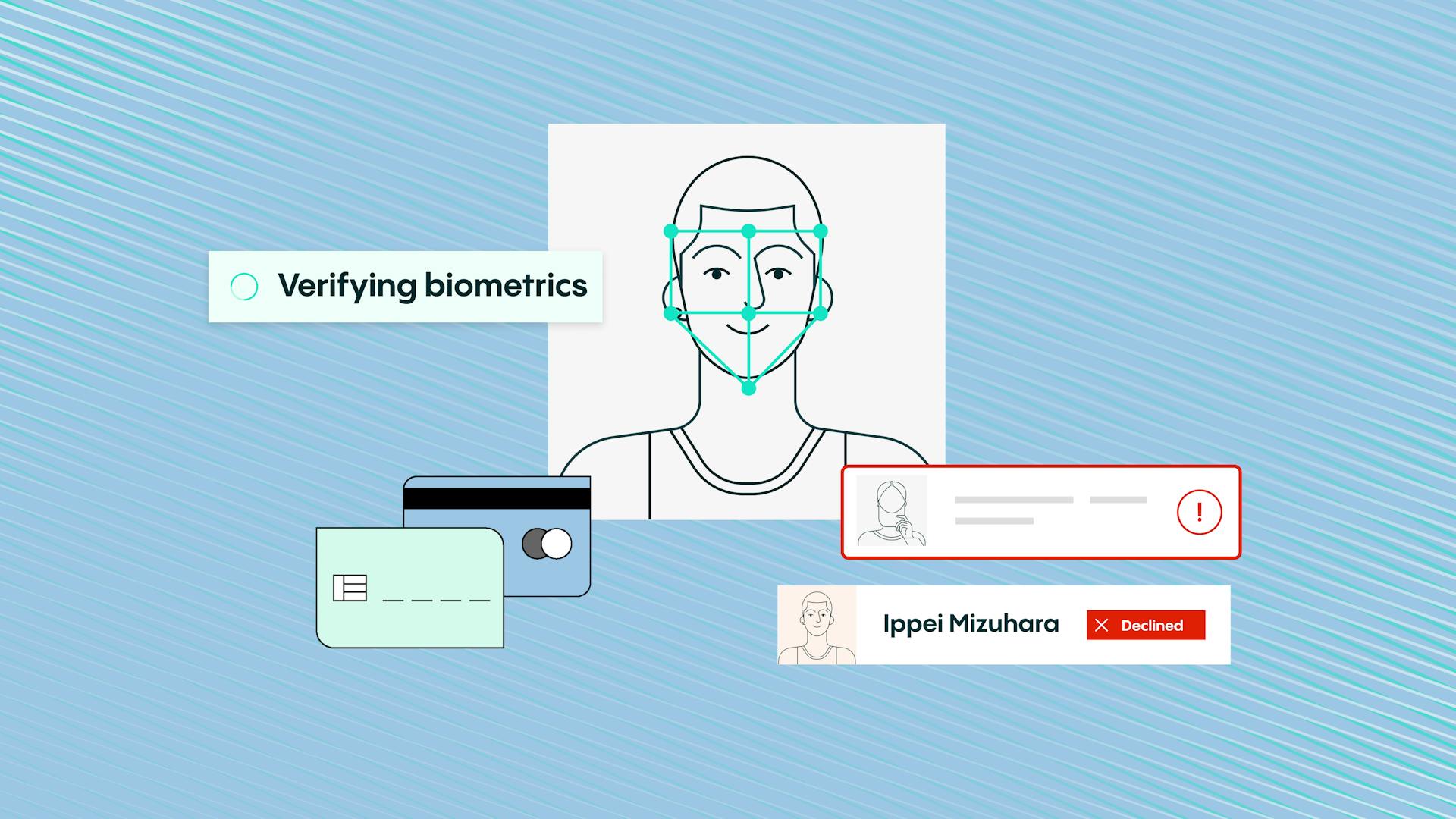
Introduction to biometrics: Definition and importance
Biometrics refers to the use of unique physical or behavioral characteristics—such as fingerprints, facial structures, and voice patterns—to identify and authenticate individuals. In today’s digital world, where security and identity verification are paramount, biometric technology has become increasingly important. Unlike traditional methods that rely on passwords or PINs, biometric systems offer a more secure and convenient way to verify identities, significantly reducing the risk of identity theft and unauthorized access. As digital transactions and online interactions continue to rise, the role of biometric technologies in protecting sensitive information and ensuring the integrity of digital identities cannot be overstated.
The rise of AI in fraud and biometric data verification
As artificial intelligence (AI) continues to evolve, its dual role in enhancing security and enabling sophisticated fraud schemes has become increasingly evident. According to a recent Global Fintech Series report, AI has become the weapon of choice for cybercriminals, driving a surge in online fraud. Deepfake-related phishing and identity fraud have increased by an alarming 3,000%, posing significant threats to businesses relying on traditional identity verification methods.
The rapid evolution of biometric technologies is also crucial in enhancing fraud prevention and security measures.
The banking and financial services sector is increasingly incorporating biometrics technology for document and identity verification to comply with Know Your Customer requirements.
Biometric authentication, as highlighted in the blog, offers a powerful countermeasure to these threats. By leveraging facial recognition, fingerprint scanning, and liveness detection, businesses can significantly enhance fraud prevention strategies. Multi-factor authentication (MFA) combined with biometrics creates an additional layer of security, making it much harder for fraudsters to manipulate authentication systems.
As biometric technology becomes an integral part of identity verification and fraud prevention, companies handling biometric data must ensure strict compliance with regional data protection regulations. Laws such as the EU’s General Data Protection Regulation (GDPR), the UK Data Protection Act 2018, and various US state-level privacy laws (like the California Consumer Privacy Act) place stringent requirements on how biometric data is collected, stored, and processed. These regulations classify biometric identifiers as sensitive personal data, meaning businesses must obtain clear consent, provide transparency around data usage, and implement robust safeguards against unauthorized access or misuse. Failing to comply not only poses legal risks but can also damage consumer trust—making regulatory adherence a core element of any successful biometric deployment strategy. To learn more, check out Veriff’s guide on enhancing digital security and compliance with biometric authentication and our insights on global data privacy protection.
Biometric technology expanding across industries
Biometric technology is no longer confined to high-security sectors like banking and government. Its growing adoption across various industries, including payments and security, highlights the increasing need for secure, seamless authentication methods. A recent report from Biometric Update underscores this trend, revealing how biometric identity verification (IDV) is transforming the car rental industry by enhancing security, preventing fraud, and streamlining customer authentication. This expansion reflects a broader movement where biometrics play a crucial role in ensuring secure transactions and improving user experiences across multiple sectors.
Key industries adopting Biometric Verification
Financial Services
- A major industry across AMER (United States), EMEA (United Kingdom, UAE, Bahrain, Saudi Arabia), and LATAM (Mexico, Brazil, Colombia), where Veriff specializes in KYC, AML, fraud prevention, and regulatory compliance for banks, fintech companies, and other financial institutions.
Marketplaces, E-Commerce, and the Gig Economy
- Online marketplaces, gig platforms, and e-commerce businesses increasingly rely on biometric verification to prevent fraud, secure transactions, and authenticate both buyers and sellers.
Mobility & Transportation
- Ride-hailing services, car rentals, and shared mobility platforms benefit from biometric IDV to verify drivers and passengers, enhance security, and prevent unauthorized use.
Online Gaming & iGaming
- Particularly relevant in AMER, this sector leverages biometric authentication for age verification, fraud prevention, and regulatory compliance, ensuring a secure and responsible gaming environment.
As biometric technology continues to evolve, its role in fraud prevention and user authentication will become even more critical, driving innovation and security across these and many other industries.
Elevating product performance: The biometric advantage in differentiation
When it comes to leveraging biometric technologies for better product performance and achieving differentiation, there are several key areas where this technology can make a significant impact:
Enhanced security measures
By utilizing biometric authentication such as fingerprint scanning, facial recognition, or iris scanning, products can offer a higher level of security compared to traditional methods like passwords or PINs. This not only enhances user trust but also sets your product apart as a secure and reliable option in the market.
Improved data protection
Biometric data is unique to each individual, making it a more secure form of authentication compared to passwords that can be easily compromised. By integrating biometric technology into product features like access control or data encryption, you can reassure customers that their sensitive information is well-protected, thereby differentiating your product as a safe choice for data privacy.
Enhanced user experience
Biometric authentication offers a seamless and convenient user experience by eliminating the need for remembering complex passwords or carrying physical keys. This level of convenience can significantly enhance the overall user experience, making your product more appealing to consumers who value simplicity and efficiency.
Personalized features and customization
Biometric data can be used to personalize user settings, preferences, and profiles, creating a tailored experience for each individual. By offering personalized features based on biometric data, you can showcase the uniqueness of your product and provide users with a customized experience that aligns with their needs and preferences.
Streamlined processes and increased efficiency
Biometric technology can streamline processes such as authentication, payment verification, or access control, leading to increased efficiency and productivity. By reducing manual interventions and automating tasks through biometric recognition, your product can stand out for its innovation and efficiency in delivering a seamless user experience.
Incorporating biometrics into your product not only enhances its functionality, but also opens up opportunities for differentiation in terms of security, user experience, personalization, and efficiency. By leveraging the power of biometric technology in these key areas, you can create a unique selling proposition that sets your product apart in a competitive market landscape.
AI-powered biometrics: The next frontier
AI is not only being used by fraudsters but also transforming biometric security. A recent Sifted article discusses the practical applications of AI tools for business efficiency. Similarly, AI-driven biometric authentication systems are now capable of real-time fraud detection, anomaly recognition, and continuous system improvements through machine learning.
The integration of AI with biometric technologies is leading to significant improvements in real-time fraud detection and anomaly recognition.
Advancements in AI and machine learning have brought new security challenges, enabling the creation of realistic multimedia content used for identity manipulation and theft. Despite these risks, AI has transformed biometric technology, delivering faster, more accurate identity verification without reliance on manual processes or expensive hardware. As identity verification becomes increasingly complex, businesses and consumers are turning to AI-powered biometric solutions for enhanced security.
Technologies like liveness detection use facial recognition, depth analysis, and motion or environment tracking to perform thorough identity checks within seconds. These systems deploy advanced algorithms to confirm the physical presence and authenticity of individuals during biometric data capture. By mitigating fraud and impersonation risks while streamlining the user experience, AI-driven biometrics set a new benchmark for secure and efficient identity verification.
By applying AI to biometric authentication, businesses can leverage automated fraud detection, real-time user feedback, and behavioral biometrics to identify potential security threats before they cause damage. AI-powered biometric systems ensure seamless identity verification while maintaining a frictionless user experience, a critical factor for businesses looking to enhance security without adding unnecessary hurdles for customers.
Enhance identity verification with biometric technology by Veriff
If your business still uses legacy authentication, your security measures are probably less sophisticated than the methods being used by fraudsters to try to access your clients’ accounts. As a business, you should assume bad actors know the limits of your approach to security and work with that as your baseline.
At Veriff, we are at the forefront of this biometric revolution. Embrace the future with cutting-edge biometric technology – redefine your product’s security standards while enhancing user experience. Incorporating multi-factor authentication (MFA) with biometric methods can further strengthen your security strategy, making it more robust against fraud. The future of biometrics will continue to evolve, offering even more sophisticated solutions to combat fraud and enhance security.
An effective fraud prevention strategy should layer multiple solutions and be built around a constantly evolving approach. For example, biometric authentication means it doesn’t matter if a fraudster can intercept a one-time password provided to a customer – they can’t access the person’s face and present it live on camera as part of a verification session.
Other features, such as liveness detection and real-time user feedback, can promote increased safety without slowing down the process and causing friction in the user experience. Meanwhile, the application of machine learning to the reams of data collected in authentication sessions can constantly fine-tune your approach. Together these solutions can minimize the ROI for fraudsters and drive them to seek easier prey – potentially your competitors who are still using legacy authentication!
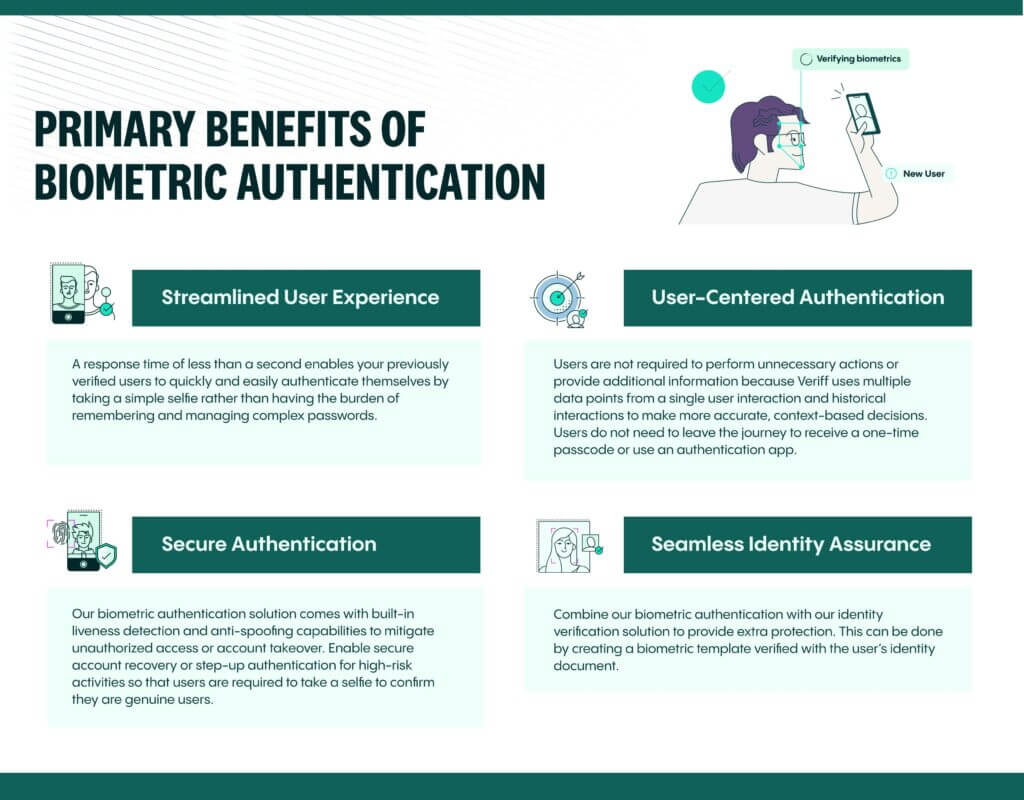
How Biometric Authentication works
Veriff’s biometric authentication confirms that a returning user is who they claim to be. Users can authenticate on any device and platform of their choice, as Veriff supports iOS, Android, mobile web, and web SDK or API.
Once the user’s selfie has been enrolled, either from an identity verification session or by taking a biometric enrolment selfie, the user can simply use their face to authenticate themselves.
User selfie
The user simply takes a quick selfie, replacing cumbersome, outdated, and less secure authentication methods such as passwords, shared secrets, or one-time passcodes selfie
Biometric analysis
Conducts real-time analysis of the user’s selfie, including image quality and fraud checks, liveness detection, and face matching so that you can approve genuine users with confidence.
Get a decision
Provides a clear and actionable decision in just 1 second, empowering you to make an informed final decision – whether to allow, deny, or request additional verification.
Case study: Starship Technologies
Autonomous delivery robot company Starship Technologies uses Veriff’s Biometric Authentication for authentication and re-verification services. The recipients of Starship’s deliveries can authenticate their identity in order to receive their goods.
Starship is revolutionizing food and package deliveries by offering users convenient, low-emission delivery services via its autonomous robot fleet, fully monitored via their smartphone app. Veriff will enable an additional level of security to Starship’s delivery platform to further verify the purchase and delivery of age-restricted items via the re-authentication of the user through Veriff’s AI-powered identity verification platform.
“Partnering with Veriff allows Starship to autonomously deliver age-restricted items in the UK and beyond as we continue to take on new markets and stores at a rapid pace,” said Ryan Tuohy, Senior Vice President of Business Development and Sales at Starship Technologies. “We are excited to work with Veriff in providing the highest quality Identity Verification solutions for our users to ensure their safety and peace of mind on our trusted platform.
Conclusion: Biometrics as the future of secure authentication
The rapid evolution of AI and biometric technology is reshaping the landscape of fraud prevention and identity verification. With fraudsters increasingly relying on AI-powered attacks, businesses must adopt equally sophisticated security measures. Biometric authentication—integrated with AI and machine learning—offers a robust solution for enhanced security, industry-wide adoption, and seamless user experiences.
As seen in the expansion of biometrics into car rentals, autonomous delivery services, and digital transactions, this technology is no longer a niche security feature but a necessary tool for modern businesses. By combining AI-driven analytics, multi-factor authentication, and continuous innovation, biometrics will become the gold standard in identity verification and fraud prevention.
For businesses looking to future-proof their authentication strategies, embracing AI-enhanced biometrics is no longer an option—it is an imperative.

Partnering with Veriff allows Starship to autonomously deliver age-restricted items in the UK and beyond as we continue to take on new markets and stores at a rapid pace. We are excited to work with Veriff in providing the highest quality Identity Verification solutions for our users to ensure their safety and peace of mind on our trusted platform.
What’s new in Veriff’s biometric authentication product offering?
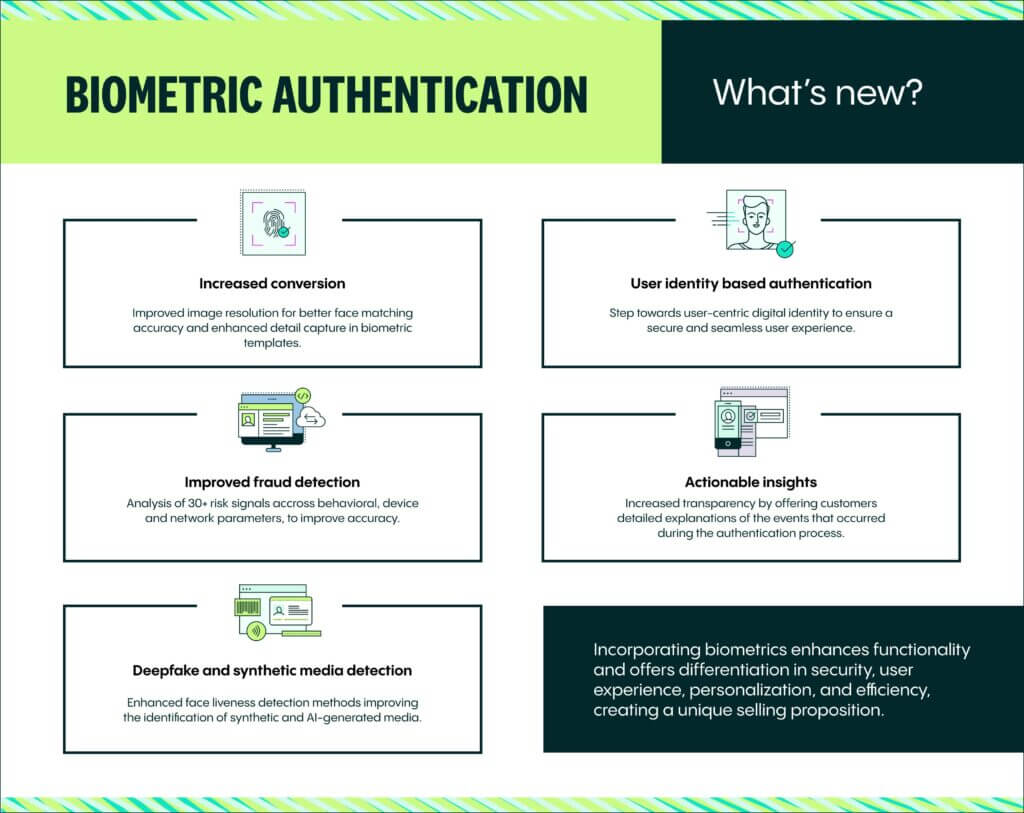

Get Veriff’s Advanced Biometric Authentication
Our experts are ready to help you build a solution that gets more honest customers onboarded faster, and more securely.
FAQs on biometrics technology:
1. What is biometrics technology?
Biometrics Technology refers to the process of recognizing and verifying individual people by analyzing their unique biological characteristics. It involves assessing organic data about a person, such as fingerprints or facial features that differentiate them from others, to confirm their identity and ensure accurate dealings.
2. What are the four main types of biometrics?
The four main types of biometrics are fingerprint scanning, facial recognition, voice recognition, and iris scanning. These methods leverage unique individual traits to provide secure identity verification, with each having its particular advantages in terms of accessibility, ease of use, and security level.
3. What is an example of using biometrics?
An example of using biometrics is in mobile payments. Companies like Amazon are leveraging biometric technologies like facial recognition for checkout-free shopping experiences. Users can simply collect the goods they want, and payment will be taken automatically, thanks to the biometric identification enabled by AI-driven cameras.




